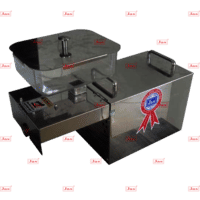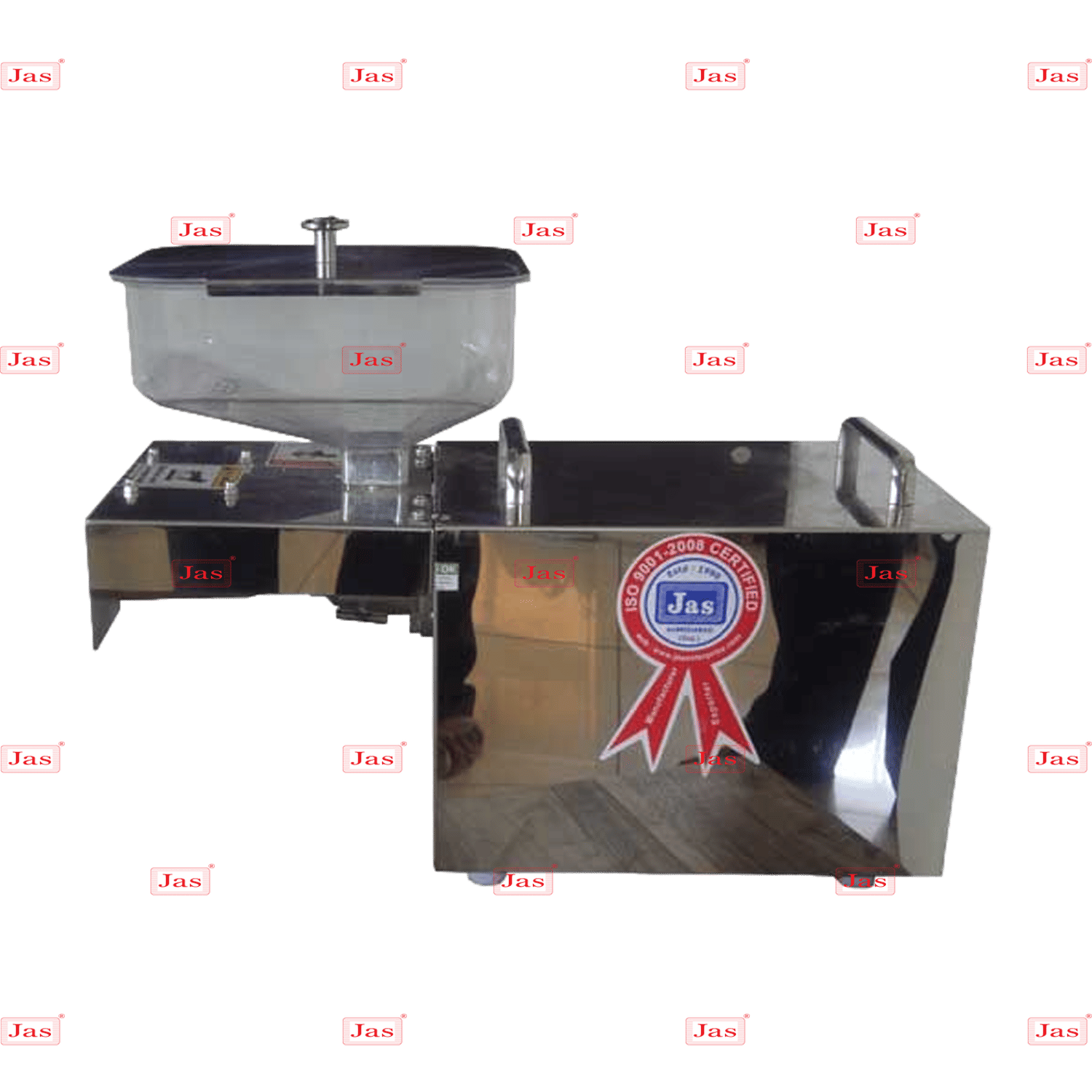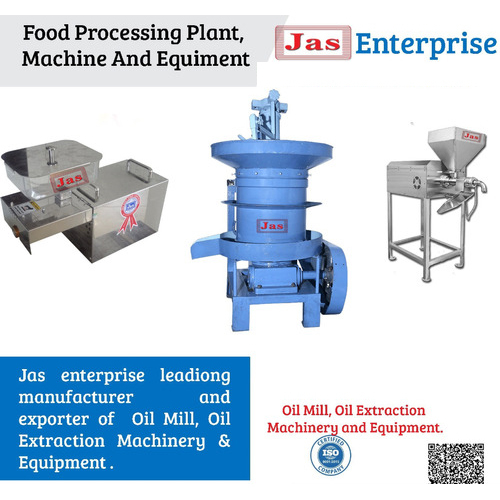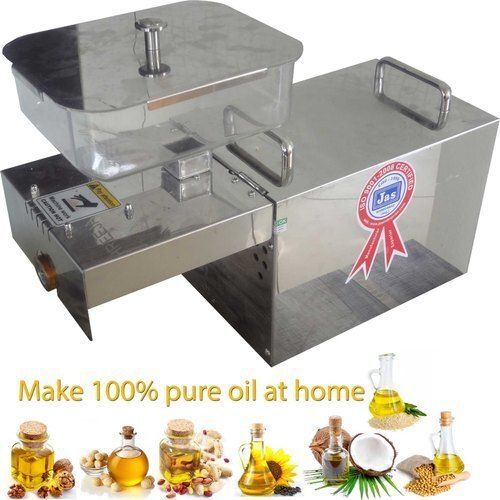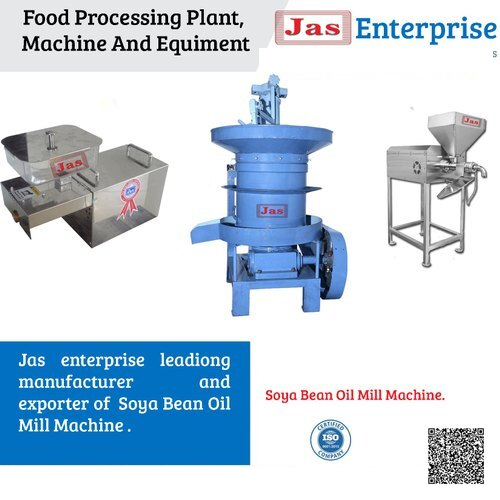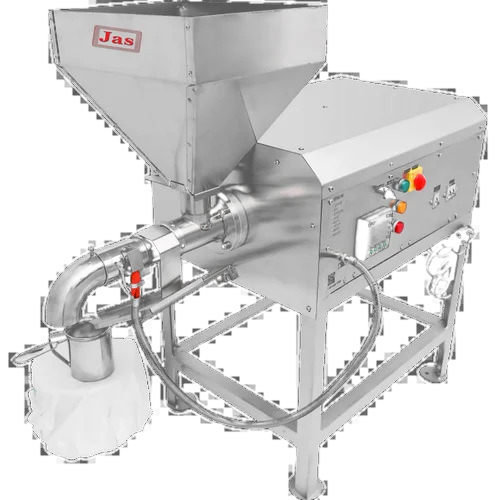Oil Press Machine
16000 आईएनआर/Unit
उत्पाद विवरण:
- क्षमता किलो/घंटा
- ऑटोमेटिक
- वोल्टेज वोल्ट (v)
- फ़ीचर
- अधिक देखने के लिए क्लिक करें
X
मूल्य और मात्रा
- 1
उत्पाद की विशेषताएं
- किलो/घंटा
- वोल्ट (v)
व्यापार सूचना
- ISO
उत्पाद वर्णन
Types of Oil Press Machines
-
Cold Pressing (Expeller Press)
- Process: Seeds or nuts are pressed at low temperatures, which helps retain the nutrients and flavor of the oil. This method is often used for high-quality oils like olive oil, coconut oil, and flaxseed oil.
- Advantages: Retains more nutrients, produces a higher-quality oil.
-
Hot Pressing
- Process: Seeds or nuts are heated before pressing. This can increase oil yield but might reduce the nutritional value and flavor.
- Advantages: Higher oil yield compared to cold pressing.
-
Hydraulic Press
- Process: Uses hydraulic pressure to extract oil. This method is often used for smaller batches and high-quality oils.
- Advantages: Very high oil extraction efficiency, good for specialty oils.
-
Screw Press (Expeller)
- Process: Uses a screw or worm gear to compress the seeds and extract oil. This is commonly used in larger scale operations.
- Advantages: Continuous operation, high extraction efficiency, suitable for large quantities.
Key Components of an Oil Press Machine
- Feeder: Where raw materials are introduced into the machine.
- Press Chamber: The area where the mechanical pressure is applied to extract oil.
- Screw or Hydraulic System: Mechanism for applying pressure.
- Oil Outlet: Where the extracted oil exits the machine.
- Cake Outlet: Where the remaining solid material (cake) exits the machine.
Uses of Oil Press Machines
- Food Industry: For producing cooking oils, salad oils, and specialty oils.
- Cosmetics: For extracting oils used in skincare and beauty products.
- Biofuels: For producing biodiesel from vegetable oils.
Tell us about your requirement

Price: Â
Quantity
Select Unit
- 50
- 100
- 200
- 250
- 500
- 1000+
Additional detail
मोबाइल number
Email



